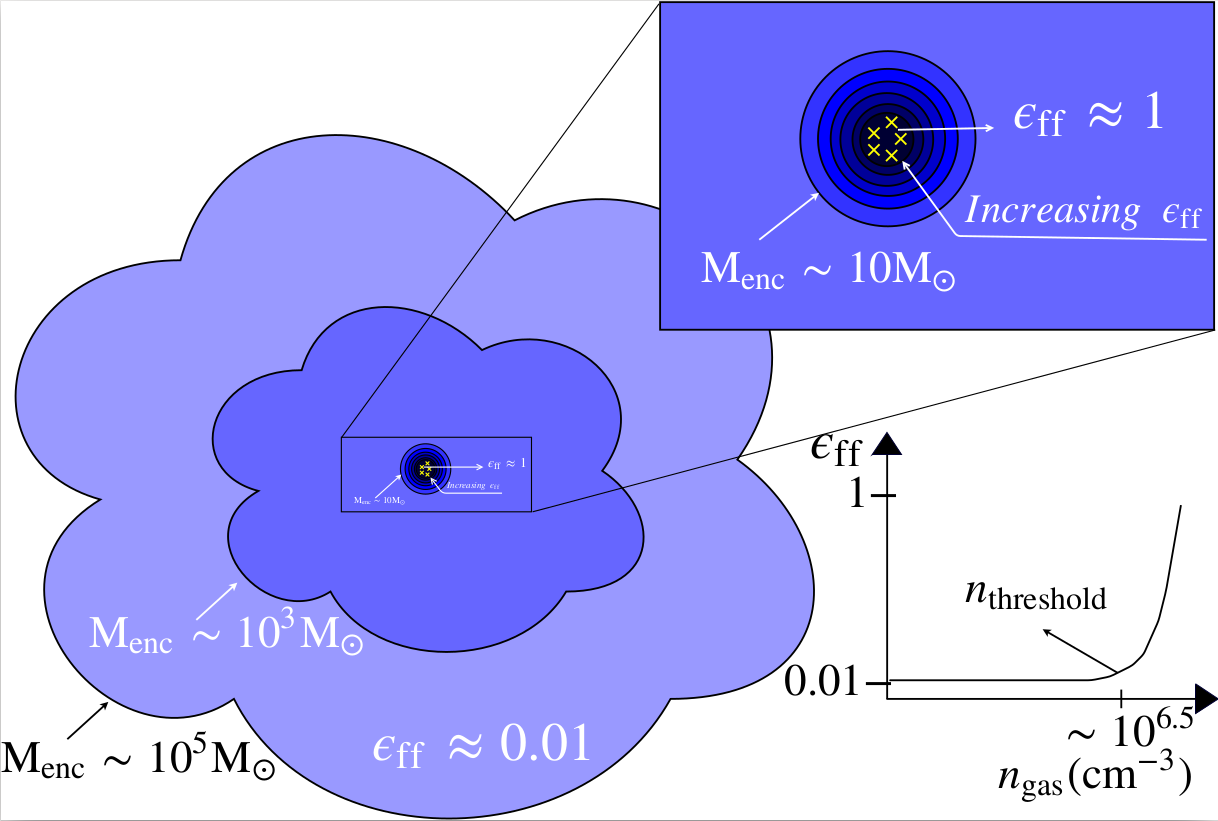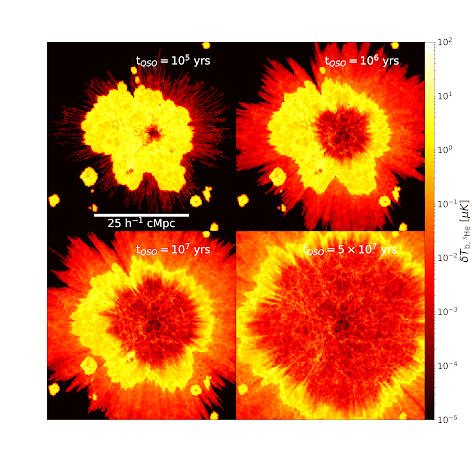Star Formation
Star formation occurs in Giant Molecular Clouds (GMCs) within galaxies. These star forming clouds are turbulent and are threaded by magnetic fields. Since these clouds are molecular in nature, they are not that easy to study observationally. The presence of molecular hydrogen and dust block our views of stellar birth by absorbing all the nascent starlight. These stellar birthplaces can be described as fluids, and we can use numerical simulations to answer the questions we can't find answers to using observations. However, being turbulent and magnetised fluids, along with having 'feedback' in the form of protostellar jets and outflows, makes things a lot harder. I perform numerical simulations of star forming regions on supercomputers to study how stars form in these incredibly complex regions. A central theme of my research is looking at the interplay between self-gravity, turbulence and feedback from protostars.

